
My Baby Has A Rash. Should I Be Worried?
When a baby is born, a white greasy substance can be seen on the skin. This is called vernix caseosa. This coat is formed by skin cell breakdown and it protects the baby’s skin from amniotic fluid. Inside the uterus, the baby grows in an almost sterile environment. Therefore a baby’s skin is rarely exposed to harmful agents. After birth, the situation changes. Skin lesions can appear as a result. Not all lesions on a baby’s skin are sinister. Some resolve spontaneously (Milia, Mongolian blue spots). Only a few are serious conditions. It is always better to show your baby to a pediatrician and get your doubts cleared up.
- Important notification about information and brand names used in this slideshow!
- Photo courtesy of somenametoforget by Flickr : www.flickr.com/photos/somenametoforget/3287444679/
- Illustrated textbook of pediatrics by Lissauer and Clayden
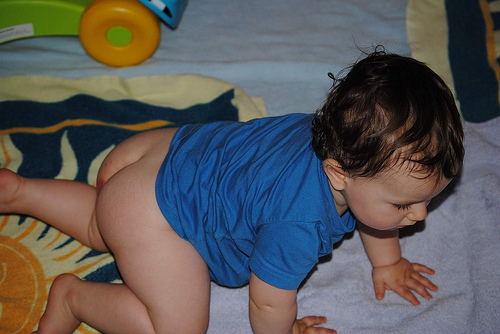
Diaper Rash
Diaper rashes are common. They appear on the buttocks, between the legs, on the lower abdomen and at the top of the thighs. Eruptions are red and scaling. The skin can ulcerate in severe cases. Urine irritates the baby’s skin when the diaper is not changed regularly. But with widespread use of disposable diapers, skin irritation is much less of a problem because they are more absorbent. Even with frequent changes, diaper rashes can’t be prevented because certain powders applied when changing the diaper may irritate the baby’s skin as well. Rare causes of diaper rash are acrodermtitis enteropathica, langerhan cell histiocytosis and Wiskott-Aldrich syndrome. Mild cases only need emollient cream. Leaving the child without a diaper accelerates healing.
- Important notification about information and brand names used in this slideshow!
- Photo courtesy of chronic-shock by Flickr : www.flickr.com/photos/chronic-shock/4650135609/
- Illustrated textbook of pediatrics by Lissauer and Clayden
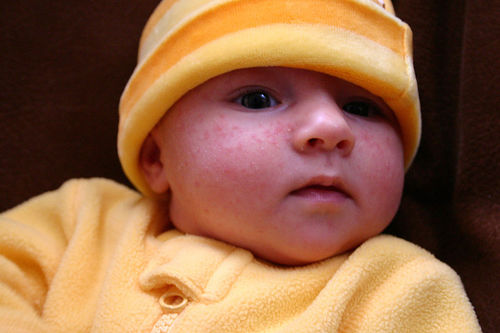
Baby Acne
Baby acne is a common condition, but the cause is not clearly understood. The current theory is that baby acne forms due to high sensitivity of the baby’s skin to maternal hormones during late pregnancy. The rash usually appears around 2 months. It can appear anywhere on the baby’s face but is common on the cheeks, nose and forehead. There is no way to prevent baby acne but it is short lasting. You do not need to do anything extra to cure your baby. Good hygiene is more than enough. Sometimes germs can infect baby acne and turn it into pustules. These are painful. Local application of antibiotic cream is usually enough for a rapid cure.
- Important notification about information and brand names used in this slideshow!
- Photo courtesy of Adriana Lozada by Flickr : www.flickr.com/photos/anikasalome/12547733/
- Illustrated textbook of pediatrics by Lissauer and Clayden
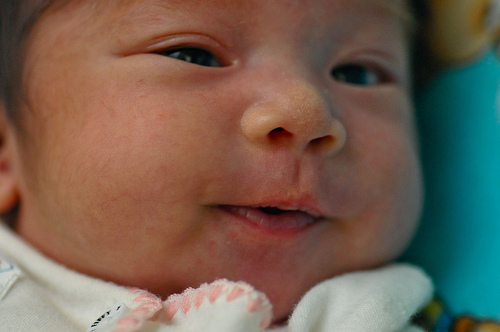
Milia
Skin cells contain keratin. Dead skin cells on the surface are shed continuously and are replaced by new cells from deeper layers of the skin. Sometimes keratin can accumulate in small cysts just under the surface of the skin forming milia. Milia are also known as oil seeds and milk spots. These are usually seen in newborns but adults also can get milia. They appear around the genitalia, nose and eyes, and disappear in two to three weeks in newborns. But milia in adults may require surgical removal. Milia in babies does not need any treatment. But they are sometimes mistaken as manifestations of sexually transmitted diseases or whiteheads.
- Important notification about information and brand names used in this slideshow!
- Photo courtesy of C.K. Koay by Flickr : www.flickr.com/photos/ceekay/3781568804/
- Illustrated textbook of pediatrics by Lissauer and Clayden
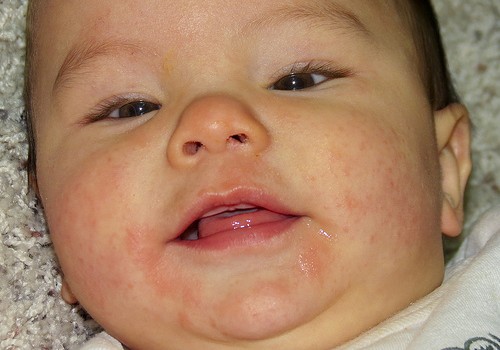
Eczema
Eczema occurs in 15% of all infants. It occurs in the first year of life but is uncommon during the first two months. Usually there is is a family history of asthma, eczema or allergies. Itching is the main symptom and it worsens the rash. Affected areas are dry, red, oozing and crusted. Prolonged scratching can thicken the skin (lichenification). Bacterial and viral infections are closely associated with eczema. Local lymph nodes are enlarged in infected eczema. There are no special tests for eczema and diagnosis is clinical. Avoiding irritants, using emollient creams to moisturize affected skin, steroid creams, bandaging to stop scratching, antihistamines and antibiotics are used in treatment. Exclusive breastfeeding delays the onset of eczema.
- Important notification about information and brand names used in this slideshow!
- Photo courtesy of Christina Spicuzza by Flickr : www.flickr.com/photos/spicuzza/6852558681/
- Illustrated textbook of pediatrics by Lissauer and Clayden
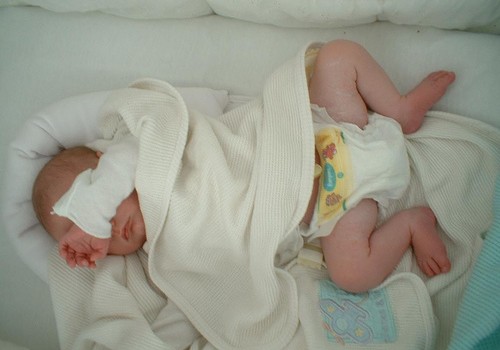
Heat Rash
Heat rash is common in hot and humid climates. Babies are vulnerable because their sweat glands are not well developed. The reason for heat rash is blocked sweat glands. There are seven types of heat rash according to the severity. The mildest form is miliaria crystalline. It is due to a superficial partial obstruction of sweat gland ducts. Miliaria pustulosa is a severe form where infected blocked glands form pustules. Frequent disruptive heat rash and infected heat rash needs medical attention. Antibiotic creams, anti-itch medication and vitamin supplementation are effective against heat rash. After severe cases of heat rash with completely blocked sweat glands, there may be less sweating in the affected area. This is called post-miliarial hypohydrosis.
- Important notification about information and brand names used in this slideshow!
- Photo courtesy of doctorlizardo by Flickr : www.flickr.com/photos/doctorlizardo/254543559/
- Illustrated textbook of pediatrics by Lissauer and Clayden
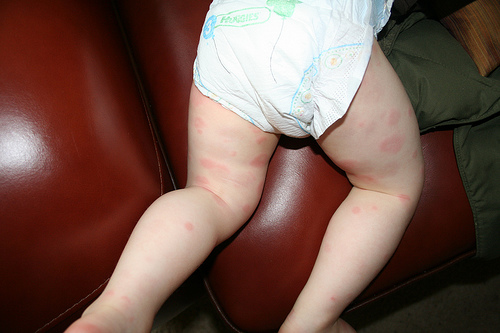
Erythema Toxicum
Erythema toxicum is also known as neonatal urticaria. It is a common rash that appears at two to three days of age. It appears only during the neonatal period (from birth to one month of age). It appears in 50% of term babies. The rash consists of small pin point blebs or pustules surrounded by an area of red skin. The rash is not painful and does not cause any discomfort to the baby. It resolves within a week or two. Your doctor will diagnose it at first glance. Other conditions cause rashes with similar characteristics. Examples: chicken pox, herpes simplex, neonatal sepsis and Listeria.
- Important notification about information and brand names used in this slideshow!
- Photo courtesy of on Mick by Flickr : www.flickr.com/photos/jinglejammer/2574976954/
- Illustrated textbook of pediatrics by Lissauer and Clayden
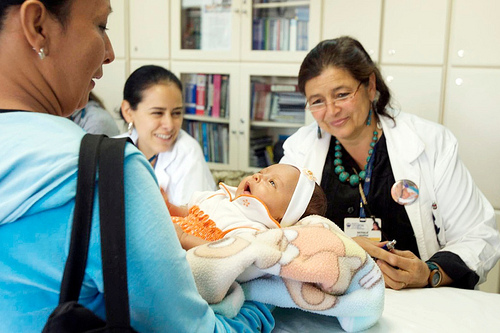
When Should You See A Doctor?
When your baby is born it is examined by the pediatrician. Any abnormalities will be noted and you will be informed. There are some lesions that resolve spontaneously. Bluish discoloration of extremities, small white pearly lesions along the midline of the roof of the mouth (Epstein pearls), cysts of gums and floor of the mouth, breast enlargement, “stork bites”, erythema toxicum, milia and mongolian blue spots are benign and you don’t need to worry. Port wine stains and strawberry neavus are significant and need medical attention. It is always better to show your baby to a pediatrician when you are worried.
- Important notification about information and brand names used in this slideshow!
- Photo courtesy of PAHO/WHO by Flickr : www.flickr.com/photos/87642443@N05/9401182229/
- Illustrated textbook of pediatrics by Lissauer and Clayden
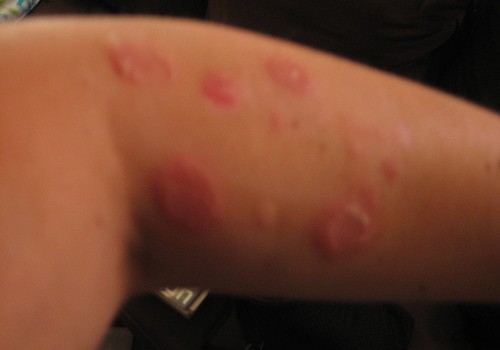
Ringworm
This is caused by a fungus called dermatophyte. It invades the nails, superficial layer of skin and hair. The term ringworm is used because of the appearance of the rash. The rash consists of a ring of small pustules, on an area of redness. The center of the lesion is clear. Lesions with severe inflammation and multiple large pustules are called karions. Tinea capitis (scalp ringworm) is sometimes acquired from dogs and cats, causes scaling and patchy hair loss. Ringworm infections are named differently according to its location on the body. Infection of skin creases is called tinea cruris. Infection at any site below the neck is called tinea corporis. Local application or oral preparations of anti-fungal cream are all that is needed.
- Important notification about information and brand names used in this slideshow!
- Photo courtesy of Sarah Mae by Flickr : www.flickr.com/photos/sarahmae/1067434772/
- Illustrated textbook of pediatrics by Lissauer and Clayden
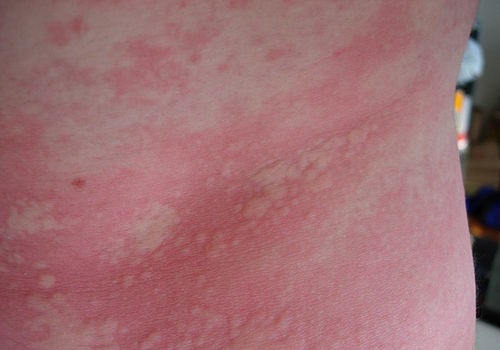
Hives
Hives are also known as urticaria. Urticaria caused by allergies usually subsides within six weeks. Chronic urticaria that lasts more than six weeks is rarely due to allergies and is of unknown origin. (Examples: chronic cold urticaria.) The rash can appear anywhere on the skin and consists of an itchy raised area surrounded by red skin. It can be pin point or several centimeters in diameter. The diagnosis is clinical and there is almost always a history of food or drug allergies. Chronic urticaria is very difficult to treat. Anti-histamines and corticosteroids are effective against acute allergic reactions. Severe allergic reactions are called anaphylaxis. This is a life threatening condition that needs immediate hospitalization and treatment.
- Important notification about information and brand names used in this slideshow!
- Photo courtesy of Lucas by Flickr : www.flickr.com/photos/dek/1182881/
- Illustrated textbook of pediatrics by Lissauer and Clayden



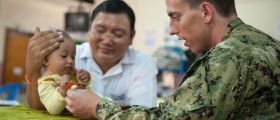



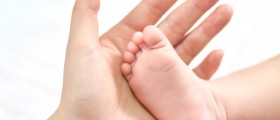
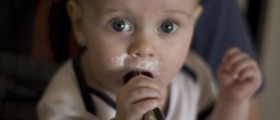


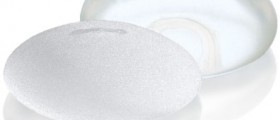
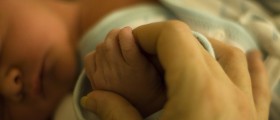

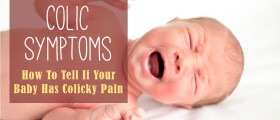
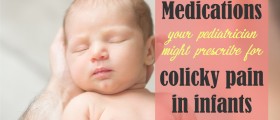





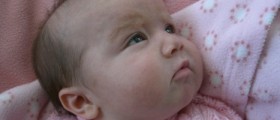





Your thoughts on this
Loading...